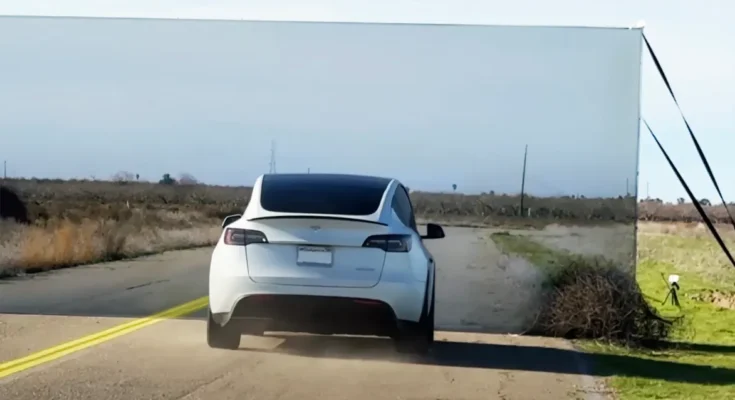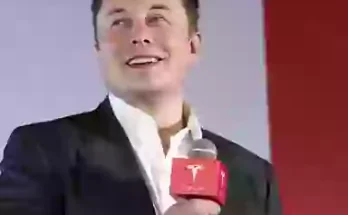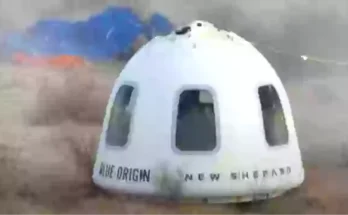If you needed more evidence that electronic driving aids don’t make a car fully autonomous, here it is. YouTuber Mark Rober decided to put his Tesla Model Y’s Autopilot system to the test with a Looney Tunes-style trap. Rober set up a styrofoam wall with a picture of a road on it, mimicking the middle of an actual road, to see how the system would respond. The test highlights the differences between cameras and lidar technology.
Rober pitted the Model Y, which relies on cameras for its Autopilot, against a Lexus RX-based prototype equipped with lidar. The Autopilot system passed the first two tests—stopping for a mannequin in the road and stopping when a mannequin runs into the road. However, it failed to detect the mannequin in fog and rain. In contrast, the lidar system was able to detect the child-sized mannequin in all road conditions.
The final test draws inspiration from the iconic Wile E. Coyote vs. Road Runner cartoons—meep, meep! A wall stretches across the entire width of the road, blending seamlessly with the surrounding landscape. While it might fool some, it doesn’t trick the lidar-equipped Lexus. The prototype detects the wall ahead and stops smoothly.
However, the Tesla Model Y isn’t so lucky. At around the 15:00 mark in the video, Rober accelerates to 40 mph, engages Autopilot, and crashes right through the wall.
This test took place in broad daylight, with no rain or fog, so it wasn’t a visibility issue. The key difference between the two technologies lies in how they perceive the environment. The lidar-equipped Lexus scans the road ahead and detects the wall, ignoring what’s on it. In contrast, the Model Y’s cameras rely on what they see—meaning the system interprets the wall as just another part of the road.
Although only two cars were tested, it’s safe to assume that many other camera-based semi-autonomous systems would have failed in a similar way; this isn’t an issue exclusive to Tesla. Sure, the chances of encountering a wall that looks almost identical to a road while driving are incredibly low, but the test does a solid job of showcasing what each technology can—and, just as importantly, can’t—do.
On a deeper level, the Wile E. Coyote test underscores that Autopilot doesn’t make a car fully autonomous. It’s a Level 2 system, which means the driver is still required to keep both eyes on the road and hands on the wheel.
Tesla CEO Elon Musk once referred to lidar as “a crutch,” but this isn’t the first time we’ve seen videos revealing the limitations of camera-based driving aids. In 2022, a Model Y failed to detect a dummy standing in the middle of the road at night.



